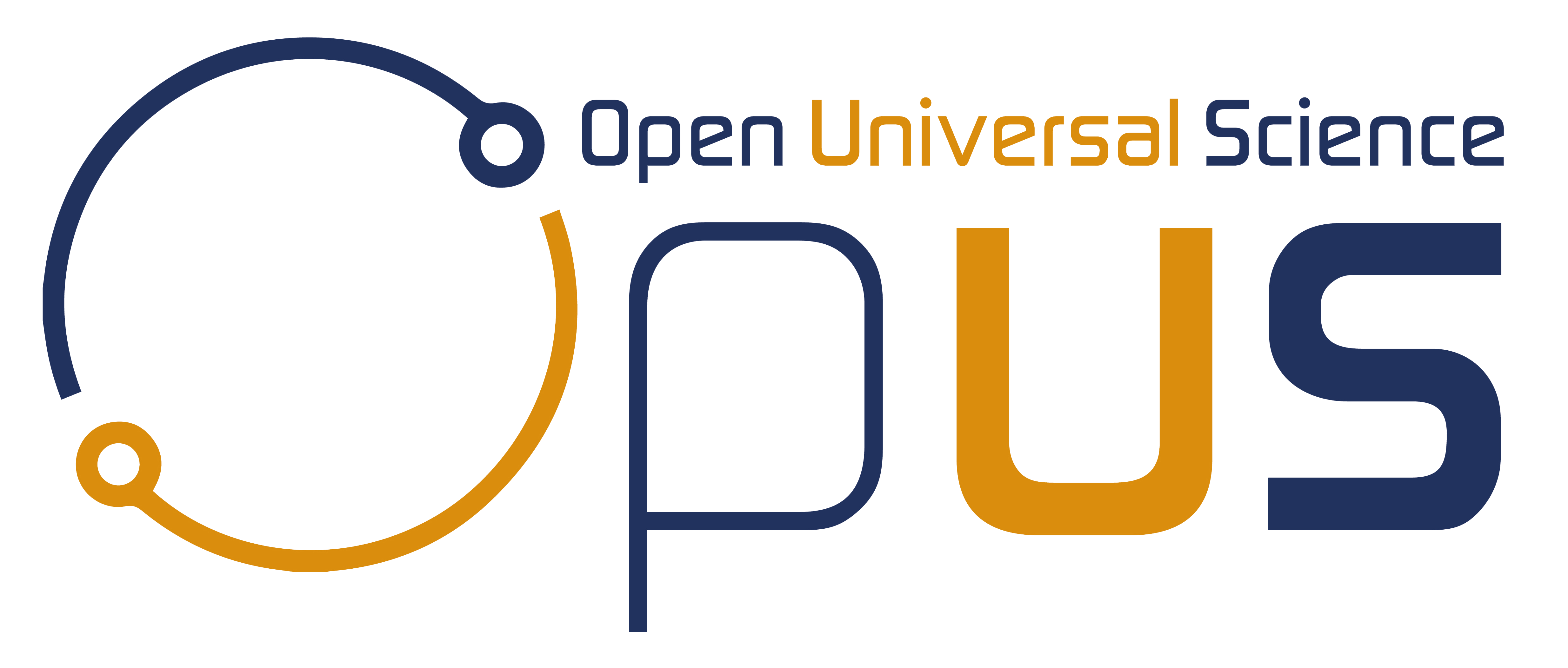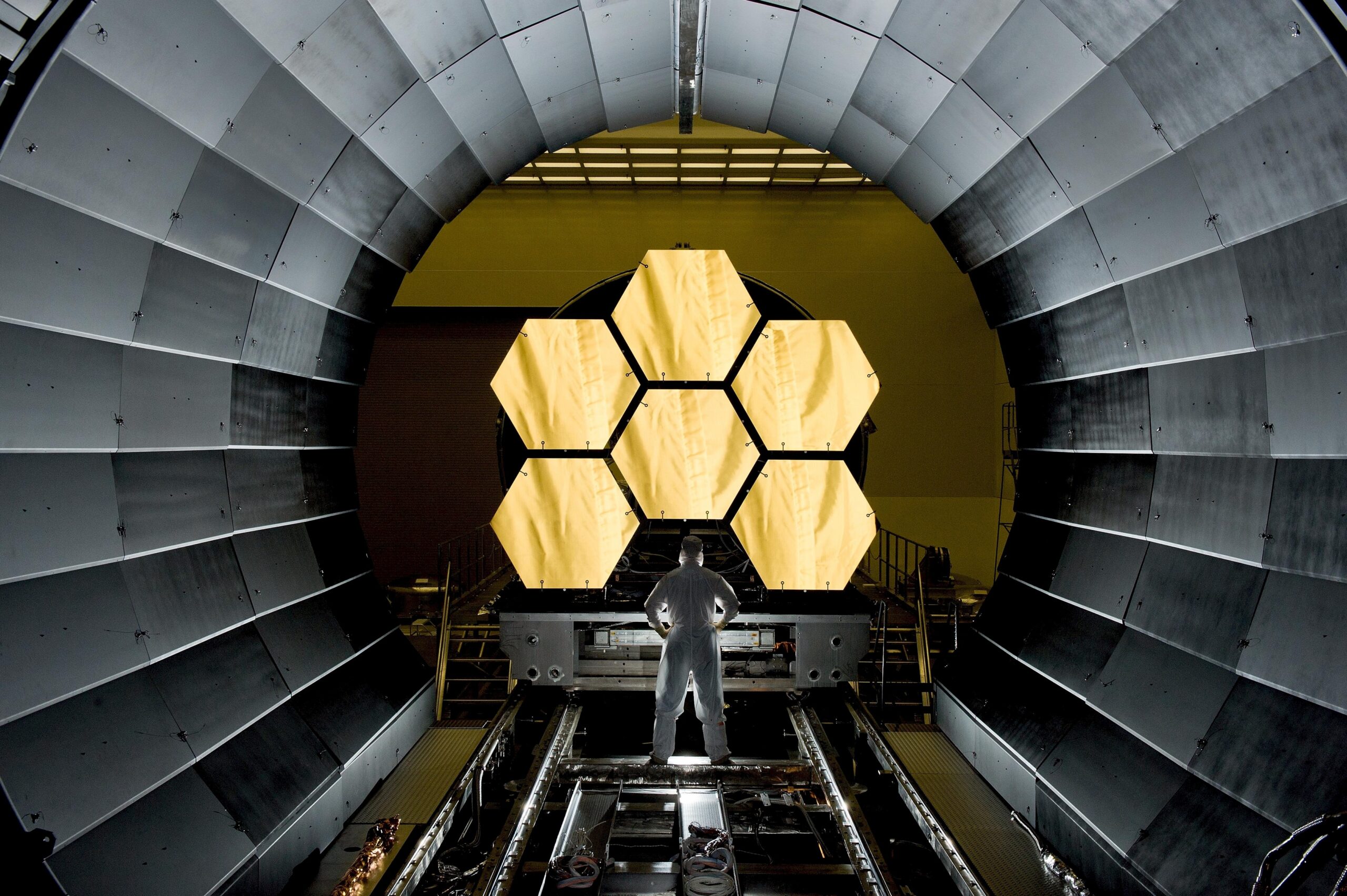Open Science Infrastructure
Open Science Infrastructure https://opusproject.eu/wp-content/uploads/2023/04/pexels-brett-sayles-4339335.jpg 1 1 Open and Universal Science (OPUS) Project https://opusproject.eu/wp-content/uploads/2023/04/pexels-brett-sayles-4339335.jpgOpen science infrastructure refers to the systems, tools, and practices that enable scientists to share their research data, methods, and findings with other scientists and the general public. The term encompasses a wide range of technologies and practices that are designed to make scientific research more accessible, transparent, and collaborative. Open science infrastructure has become increasingly important in recent years, as scientists and policymakers have recognized the need for more open and collaborative approaches to scientific research.
One of the key components of open science infrastructure is open access publishing. This refers to the practice of making scientific articles and other research outputs freely available online, without subscription fees or other barriers to access. Open access publishing has become increasingly popular in recent years, as scientists and publishers have recognized the benefits of making research more widely available. By making research freely available online, open access publishing makes it easier for scientists to share their findings with each other and with the general public, and can help to accelerate the pace of scientific discovery.
Another important component of open science infrastructure is data sharing. This refers to the practice of making research data openly available to other scientists and researchers. Data sharing has become increasingly important in recent years, as researchers have recognized the value of sharing data in order to accelerate scientific progress. By making data available to other scientists, researchers can help to facilitate the development of new research ideas, methods, and techniques, and can help to address important scientific questions more quickly and effectively.
Open science infrastructure also includes a wide range of tools and technologies that enable scientists to collaborate and share information more easily. These tools include social networking platforms, collaboration tools, and data sharing platforms, among others. By providing scientists with these tools, open science infrastructure can help to facilitate collaboration and communication between researchers, and can help to foster a more open and transparent approach to scientific research.
In addition to these technological components, open science infrastructure also encompasses a set of practices and principles that are designed to promote open and collaborative scientific research. These principles include transparency, reproducibility, and open communication. By adhering to these principles, scientists can help to ensure that their research is accessible, transparent, and reproducible, and can help to promote a more open and collaborative approach to scientific research.
Open science infrastructure is an important component of modern scientific research. By enabling scientists to share their research data, methods, and findings more easily, open science infrastructure can help to accelerate scientific progress and promote a more open and collaborative approach to scientific research. As the importance of open science continues to grow, it is likely that open science infrastructure will become increasingly important, both for individual scientists and for the scientific community as a whole.





